The skins are fully submerged in the wine. This process allows for an elegant transfer of the wine as it retains some of the noble elements found in the skins.
Sealing the tine or tank minimizes contact with oxygen allowing post-fermentation to be controlled and extended over a longer period of time.
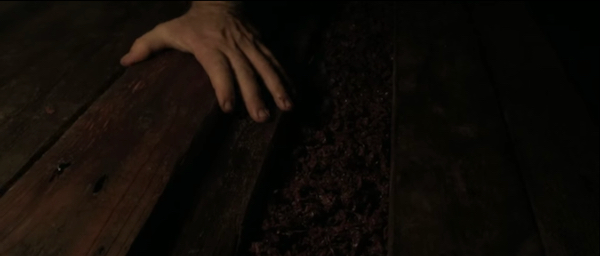
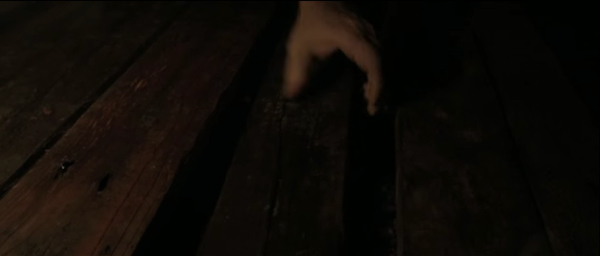
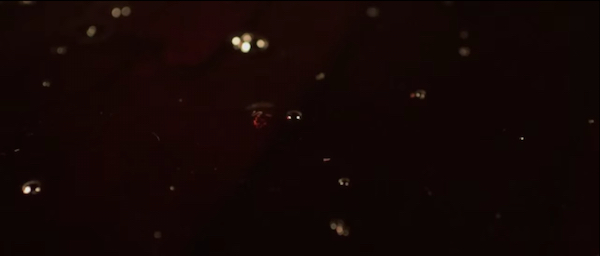
Over time makers get to know their vineyards and fruit and will look for certain aromas, flavours, and textures as indicators for when to separate the wine from the skins by pressing.
At Yarra Yering, particularly with the Cabernet varietals, that were macerated in open fermenters with loose lids, we looked for violets and pencil shavings as an indicator that it was time to press.
Wines typically freshen after pressing so you can push a bit further past the point were the macerating wine looks its best.
Post-fermentation maceration typically results in a little loss of colour. The tannin soup extracted during the alcoholic fermentation, and from the skins during this period of post-fermentation maceration forms long chains of tannin that have a softer mouthfeel. Primary fruit characters develop into more interesting vinous fruit characters. Macerative characters evolve, often perfumed and floral, as well as, earthy and even truffly notes.
Similar techniques using heading down boards are used by some in Australia eg Penfolds, closed fermenters & Henschke, open fermenters, to manage the cap during the alcoholic fermentation.
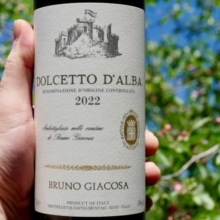
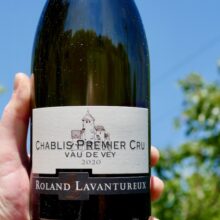
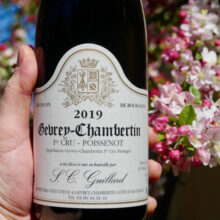
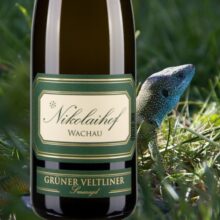
You must be logged in to post a comment.